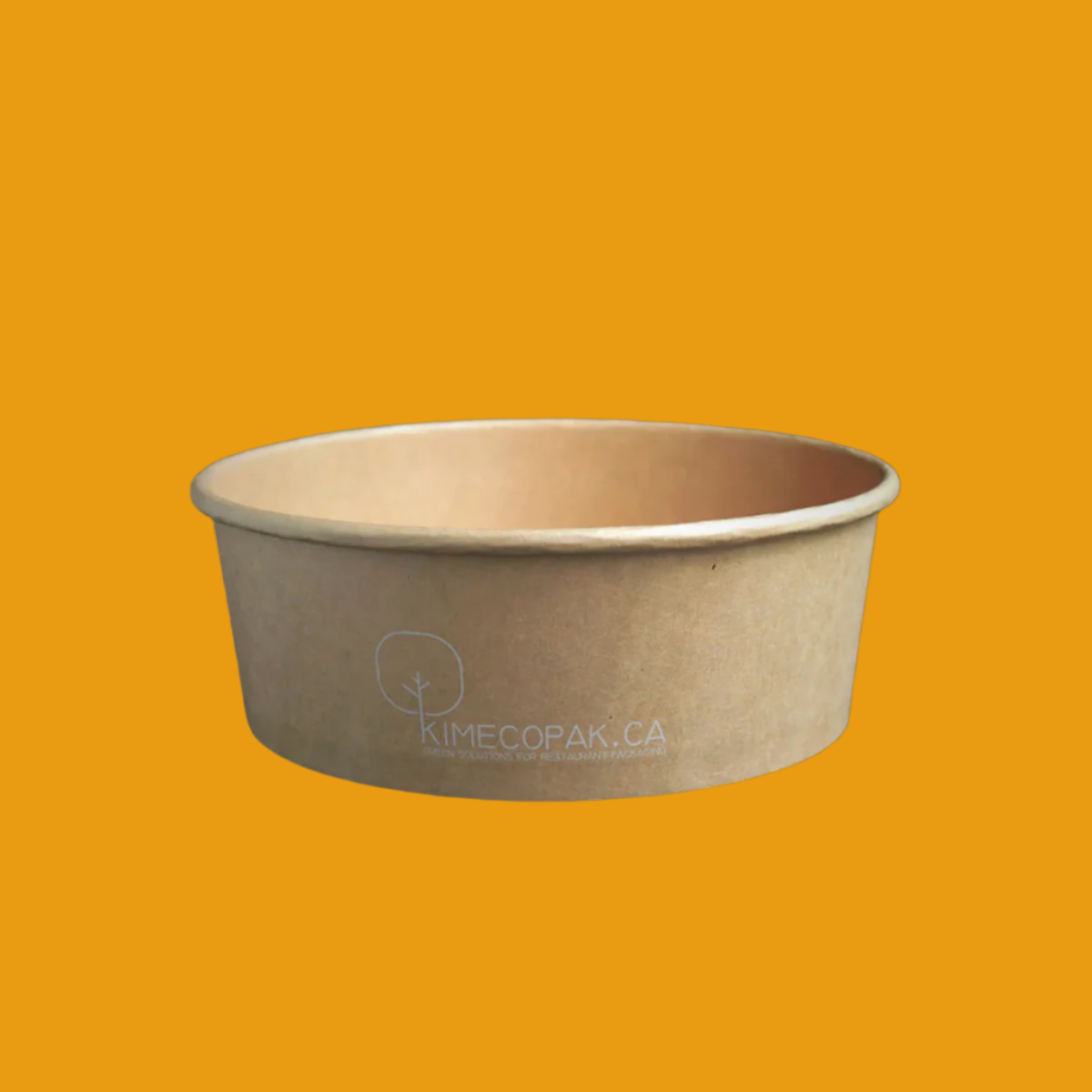Trends in commercial kitchens are rewriting the rules of how food is prepared, delivered, and experienced. Gone are the days of clunky layouts and outdated appliances. Today’s foodservice environments are evolving into sleek, tech-forward hubs of innovation. From compact modular designs and smart appliances to sustainability practices and delivery-first layouts, these emerging trends aren't just upgrades, they’re survival strategies in a fiercely competitive industry.
- How to Start a Commissary Kitchen: A Step-by-Step Guide for Aspiring Food Entrepreneurs
-
Commercial Kitchen – Everything You Need to Know to Start and Run a Professional Kitchen
-
Commissary Kitchens – The Ideal Solution for Food Startups
Space-Saving and Modular Kitchen Designs

As urban areas grow in population, restaurants are increasingly facing the challenge of operating in smaller spaces. The trend towards compact kitchen layouts embraces this reality, ensuring that culinary operations can function efficiently even in tight quarters.
Compact kitchen layouts for small urban locations
With limited square footage, many commercial kitchens are now designed to maximize efficiency. These layouts often integrate essential work areas cooking, prep, and storage into a unified space. For instance, owners of city-based cafes and restaurants are opting for designs that facilitate quick movement and easy access to ingredients, thereby improving workflow.
Related: Commercial Kitchen Design – A Complete Guide for F&B Startups
Movable and multi-functional equipment (prep + cook in one unit)
The need for versatility leads to the adoption of movable and multi-functional equipment. Imagine a single unit that combines prep space and cooking capabilities. This not only saves space but also reduces the time spent transitioning between different workstations. For instance, a countertop oven that includes a food processor attachment can serve dual purposes without taking up additional kitchen real estate.
Modular stations for flexibility and scalability
Modularity is becoming a significant focus in commercial kitchen design. Restaurant owners appreciate the ability to rearrange and scale their operations easily. By using modular stations, kitchens can adapt to different workflows or even menu changes without the need for a complete redesign. For example, a pizza shop may start with a simple layout but can expand with modular dough preparation stations as demand increases.
Vertical and wall-mounted storage solutions
In smaller kitchens, utilizing vertical space can provide invaluable storage solutions. From shelving to wall-mounted racks, creative storage can help keep ingredients organized and accessible. For example, hanging pots, utensils, and spices free up countertop space while allowing for quick access during busy service times.
Smart Technology and Automation

As kitchens evolve, so do the tools that chefs and kitchen managers utilize. The integration of smart technology and automation is becoming increasingly prevalent, transforming traditional cooking methodologies and management processes.
IoT-enabled ovens, fryers, and refrigeration units
The Internet of Things (IoT) has entered the commercial kitchen realm, with appliances that can connect to the internet and communicate with one another. For instance, an IoT-enabled oven can be programmed remotely, ensuring that food is cooked perfectly without constant supervision. This proactivity enhances efficiency and consistency across the menu.
Smart monitoring for temperature, food safety, and maintenance
Food safety is critical in any kitchen, and smart monitoring systems are aiding in this regard. Sensors can track temperature fluctuations in refrigeration units, alerting staff to any potential issues before they become critical. This technology not only safeguards food quality but also streamlines maintenance scheduling by alerting managers when equipment needs attention. Having this data at their fingertips allows kitchen managers to focus on creating exceptional dishes rather than worrying about equipment failures.
AI-driven inventory management and demand forecasting
Restaurant owners are turning to artificial intelligence for more effective inventory management. Using AI helps predict what ingredients will be needed, reducing waste and ensuring popular items are always in stock. For example, a restaurant can analyze past sales data to forecast demand for particular dishes, adjusting orders accordingly. This not only saves money but also improves the dining experience for customers.
Automated prep tools: slicers, portioners, robotic arms
Automation in food preparation presents an exciting opportunity to enhance efficiency. Simple yet effective tools like automatic slicers and portioners can standardize food preparation, reducing inconsistencies and labor time. Additionally, entry-level automation such as robotic arms can assist with repetitive tasks, freeing up staff to focus on more complex culinary creations. As staff save time and energy, the quality of food can rise, ultimately improving customer satisfaction.
Energy Efficiency and Eco-Friendly Equipment

The push for sustainability in commercial kitchens is not just a trend; it's a necessity that aligns with global movements toward environmental responsibility. A notable surge in demand for Energy Star-certified appliances reflects this shift, indicating that businesses are prioritizing energy-efficient solutions.
- Low-water dishwashers, LED lighting, and induction cooking: Many kitchens are opting for low-water dishwashers that drastically reduce water usage without compromising cleanliness. Moreover, LED lighting is becoming standard due to its long lifespan and reduced energy consumption. Induction cooking, known for its quick heating capabilities and precise temperature control, is also gaining popularity, making it easier for chefs to prepare meals efficiently.
- Composting stations and food waste reduction tools: Addressing food waste is critical. Implementing composting stations not only minimizes waste but also contributes to a circular economy. Tools designed for reducing food waste, like smart bins that track waste output, are increasingly becoming essential in kitchen operations.
- Materials: A significant shift towards using stainless steel and recycled or low-impact surfaces is evident. These materials are not only durable but also easier to clean and maintain, which is crucial in busy kitchen environments.
Hygiene and Post-Pandemic Sanitation Systems

The pandemic has fundamentally changed hygiene standards in commercial kitchens, bringing sanitation to the forefront of operational practices.
- Touchless sinks, soap dispensers, and trash bins: Implementing touchless fixtures can significantly reduce cross-contamination risks. These systems not only enhance hygiene but also create a more efficient workflow, allowing staff to maintain focus on food preparation.
- Air filtration and improved HVAC in food zones: Enhanced air filtration systems are now critical in ensuring a clean kitchen environment. Effective HVAC systems that circulate fresh air and control humidity can contribute to both food safety and employee comfort.
- Real-time sanitation tracking and audit-friendly systems: The need for accountability in sanitation practices has led to the development of real-time tracking systems. These digital tools log cleaning schedules and equipment sanitation, making auditing processes more straightforward.
- UV sanitation devices for tools and high-contact areas: The incorporation of UV sanitation devices is on the rise, allowing for frequent disinfection of tools and high-contact surfaces without the use of chemicals.
Digital-First Kitchen Operations

The evolution of technology is transforming how commercial kitchens operate.
- Cloud-based Kitchen Display Systems (KDS) replacing paper tickets: Moving away from paper tickets, cloud-based KDS enables better communication among staff, leading to streamlined operations. These systems allow real-time updates on orders and inventory, reducing errors in order fulfillment.
- POS integrated with real-time prep tracking: Modern Point of Sale (POS) systems offer integration with prep tracking, enabling kitchens to monitor inventory in real time. This enhances efficiency by ensuring that staff can quickly adapt to changing demands.
- Mobile dashboards for remote kitchen monitoring: With the rise of remote work, chefs and managers can now oversee kitchen operations from anywhere. Mobile dashboards allow for monitoring kitchen performance metrics in real time, fostering informed decision-making.
- QR code menus and backend kitchen analytics: By implementing QR code menus, restaurants not only reduce paper waste but also create a seamless dining experience. The data collected from these interactions can offer valuable insights into customer preferences and menu performance.
Sustainability and Green Practices

As consumers grow more environmentally conscious, the demand for eco-responsible brands continues to rise.
- Use of biodegradable packaging integrated into kitchen SOPs: Many establishments are moving towards biodegradable packaging options as a part of their standard operating procedures. This practice not only minimizes environmental impact but also aligns with consumer expectations for sustainability.
- Carbon footprint tracking in kitchen operations: Tracking carbon footprints has become essential for many food entrepreneurs. This data helps businesses identify areas for improvement and communicate their sustainability efforts to customers.
- Suppliers like Kimecopak offering compostable packaging to align with kitchen trends: Both suppliers and kitchens are collaborating to discover innovative solutions for minimal waste and eco-friendly practices. Using compostable packaging is becoming a standard, promoting a green ethos across the supply chain.
Employee-Focused Kitchen Innovations

Focusing on employee well-being is no longer a nice-to-have; it's crucial for operational success.
- Ergonomic workstations to reduce fatigue: Ergonomic design is increasingly dominating kitchen layouts, ensuring that staff can work comfortably and efficiently. This focus on design can lead to reduced fatigue and lower turnover rates.
- App-based shift scheduling and real-time communication tools: The adoption of technology for shift scheduling has improved communication and job satisfaction among staff. Real-time updates can keep everyone in the loop, fostering a collaborative environment.
- Training using microlearning and AR simulation: Innovative training methods such as microlearning modules and augmented reality simulations are emerging, making onboarding more engaging and effective.
- Staff wellness zones integrated into back-of-house design: The integration of wellness zones into kitchen designs demonstrates an investment in employee health, allowing staff spaces to recharge and engage in self-care.
Ghost Kitchens and Delivery-Optimized Layouts

The concept of ghost kitchens has surged in popularity, particularly in the wake of increased demand for food delivery services.
- Growth of kitchens designed for off-premise only: More kitchens are being established specifically for delivery, responding to the growing trend of consumers eating at home rather than dining out.
- Delivery lockers, pick-up windows, and packaging stations: Efficient layouts featuring delivery lockers and dedicated pick-up windows enhance the speed and safety of food distribution.
- Integration with delivery platforms (Uber Eats, DoorDash): Partnerships with delivery platforms are becoming essential for success. These integrations allow kitchens to reach a wider audience without the burden of maintaining a traditional dine-in model.
- Cross-brand shared kitchen models: Utilizing shared spaces allows multiple brands to operate out of a single location, minimizing costs while maximizing reach. This collaboration approach offers flexibility and creativity in menu development.
What These Trends Mean for Food Entrepreneurs

The ongoing trends in commercial kitchens are shaping the landscape for food entrepreneurs in significant ways.
- Lower overhead and greater scalability: With innovations like ghost kitchens and shared space models, startups can begin with lower overhead costs and scale at a manageable pace.
- Improved kitchen safety and staff satisfaction: Emphasizing hygiene and safety translates into higher staff morale, which can lead to better service and customer satisfaction.
- Higher brand trust via sustainability: Operating with eco-friendly practices can bolster a brand's reputation, appealing to a demographic that values sustainability in their purchasing decisions.
- Competitive advantage through tech and transparency: Embracing technology not only enhances operational efficiency but also fosters transparency an essential quality for modern consumers.
Conclusion
The commercial kitchen industry is on the brink of a transformation that prioritizes efficiency, sustainability, and safety. By embracing these trends, food establishments can ensure long-term success and brand differentiation.
In conclusion, the future of commercial kitchens is not only about keeping up with trends but about thoughtfully integrating them for lasting impact.









